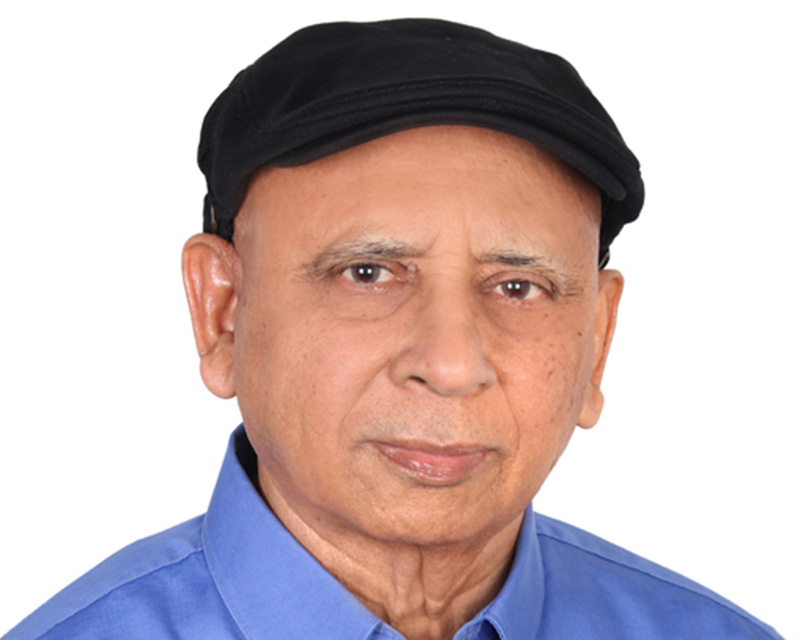- Stunting prevalence in India is high (38.4%) and varies considerably across districts (from 12.4% to 65.1%)
- 239 of the 640 districts in India have stunting levels above 40% and 202 have prevalence of 30–40%
- High‐stunting districts are heavily clustered in the north and centre of the country
- Inter-district differences in stunting are strongly explained by a multitude of economic, health, hygiene, and demographic factors
Key findings
- In a recent study IFPRI researchers carried out a granular district‐focused analysis of National Family Health Survey-IV district-level summary data, a first for India, and explained 71% of the observed differences in stunting prevalence between low and high burden districts
- These comprise a multitude of economic, health, hygiene, and demographic factors, including differences in women’s low body mass index (19% of the difference), education (12%), children’s adequate diet (9%), assets (7%), open defecation (7%), age at marriage (7%), antenatal care (6%), and household size (5%)
- These multifactorial determinants highlight the need for district-specific data for diagnostic assessments and call for a nationwide focus for stunting prevention, while addressing critical determinants district‐by‐district to reduce inequalities and prevalence of childhood stunting
Top 10 districts – lowest stunting rates
Ernakulam (KL) 12.4%
Pathanamthitta (KL) 13.3%
Kollam (KL) 14.4%
Alappuzha (KL) 14.5%
Idukki (KL) 15.1%
Cuttack (OR) 15.3%
Hyderabad (TG) 15.7%
Puri (OR) 16.1%
South Garo Hills (ML) 16.8%
Kanniyakumari (TN) 17.2%
Bottom 10 districts – highest stunting rates
Bahraich (UP) 65.1%
Shrawasti (UP) 63.5%
Balrampur (UP) 62.8%
Pashchimi Singhbhum (JH) 59.4%
Siddharthnagar (UP) 57.9%
Sitamarhi (BR) 57.3%
Gonda (UP) 56.9%
Sitapur (UP) 56.4%
Koppal (KA) 55.8%
Yadgir (KA) 55.5%
Factors contributing to difference in stunting prevalence between very high‐burden & low-burden districts
- Women’s low body mass index (BMI) – 19%
- Women’s education – 12%
- Children’s adequate diet – 9%
- Assets – 7%
- Open defecation – 7%
- Age at marriage – 7%
- Antenatal care (ANC) – 6%
- Household (HH) size – 5%



